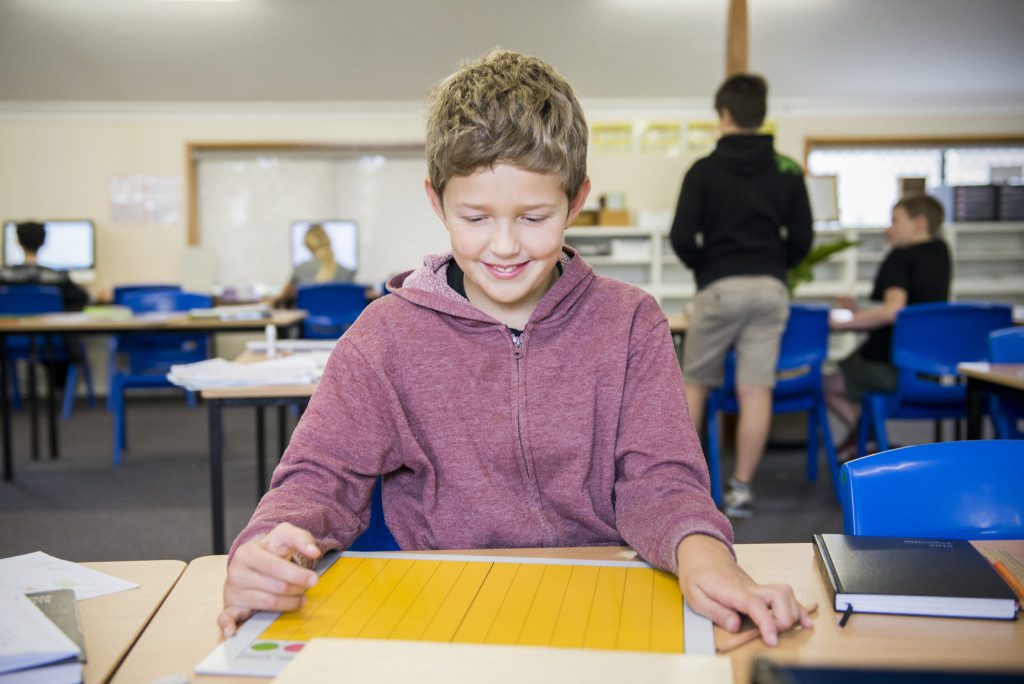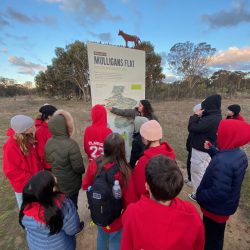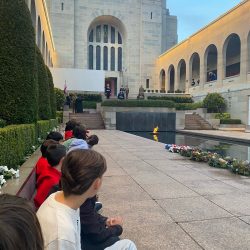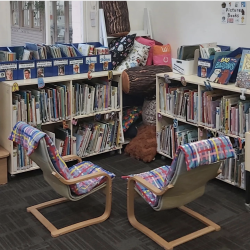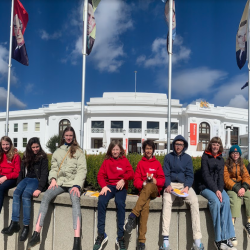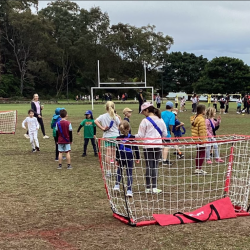Primary: Stages 2 and 3 (6 – 12 years)
Children aged 6 – 12 participate in our Primary program. Children aged six to nine years are concrete intellectual explorers of the universe in Stage 2. Children aged nine to twelve years are abstract intellectual explorers of the universe and attend Stage 3.
A Director’s comprehensive understanding of the characteristics of children from 6 – 12 years informs the set-up of a carefully prepared environment, facilitating the tuition of core curriculum categorised as Mathematics and Geometry; Language and Literacy; Geography and Science; History; Creative Arts; and support of Community.
Characteristics of Children 6 – 12 years
A thorough awareness of the development characteristics of the children at 6 – 12 years of age (the second plane of development) helps to understand the:
- role of the adult in the child’s education.
- necessary components of the prepared learning environment.
- most beneficial materials and activities needed to meet the child’s social/intellectual potentials.
- possible obstacles to the children’s learning.
- appropriate freedoms and responsibilities that can be carried out by the child within and beyond their classroom.
The characteristics of children 6 – 12 years old:
Physical characteristics
- Strong, stable growth; increased strength and stamina.
- Higher risk takers with a sense of adventure.
- Skeletal and muscular growth, hair darkens, milk teeth fall out and adult teeth grow.
Psychological characteristics
Children of this age are deep thinkers whose reasoning, imaginative and curious minds are asking questions about ‘Who am I?’, ‘Why?’, ‘How?’ and ‘What if?’ They are sensitive to the acquisition of culture, wanting to understand and be part of the culture in which they live. At this stage children are attracted to logic, explanations, the strange, extreme and unusual. They also have an interest in the cause and effect or the consequences of actions.
These children are abstract thinkers and have the ability to think in analogies and use symbolism. They are attracted to ‘big work’ involving many people, many tasks and a large amount of knowledge and understanding. They have less need for exact repetition and need more variety and a need for more movement in service of the mind through experiential learning.
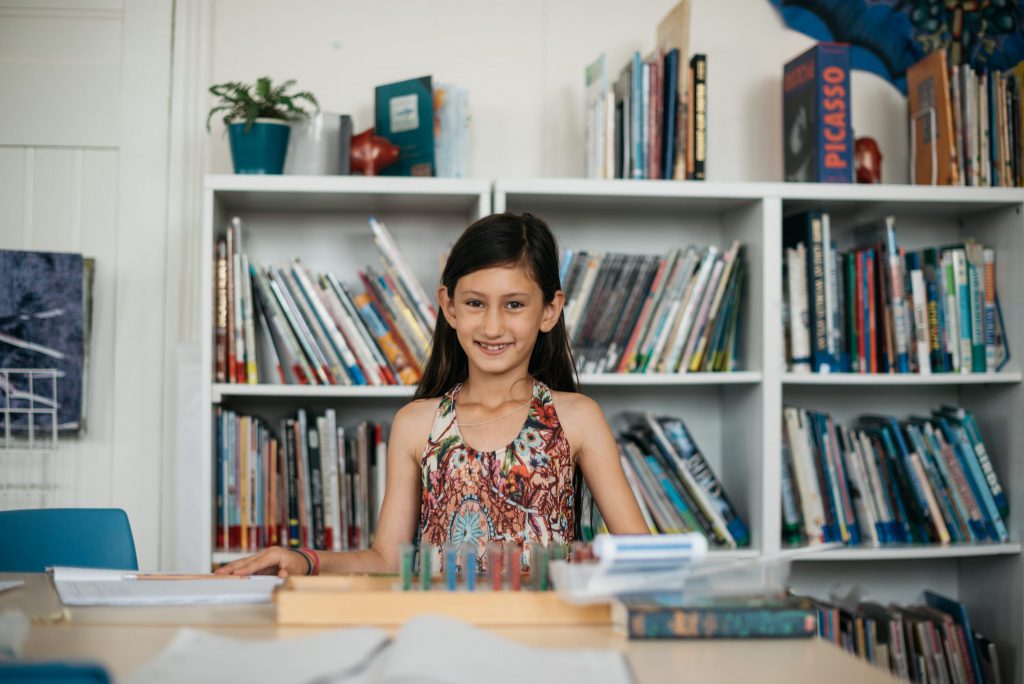
Social characteristics
This is an intensely social period where group work is essential. Children want to ‘fit in’ and have a gregarious instinct for social conformity. They are observant of their peers and this is the age of ‘tattling’ or reporting to adults on the behaviour of others. At this age children approach social problem solving through collaboration with others and have a strong awareness of right and wrong whilst being obsessed with justice and fairness. Social patterns developed in the second plane will maintain their effects into adulthood and therefore affect society as a whole.
At the same time explorations beyond the classroom are of high significance as the child learns to connect with their community and learns how society works. Children of this age also have a high need for consistency and logic in consequences. Children start to separate from the family, with stronger relationships forming with friends as the child wants to socialise beyond the family. Respect and fascination for heroes, both human and non-human is common.
